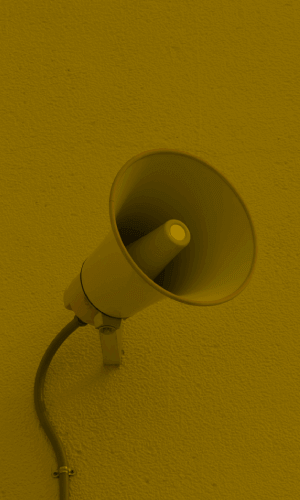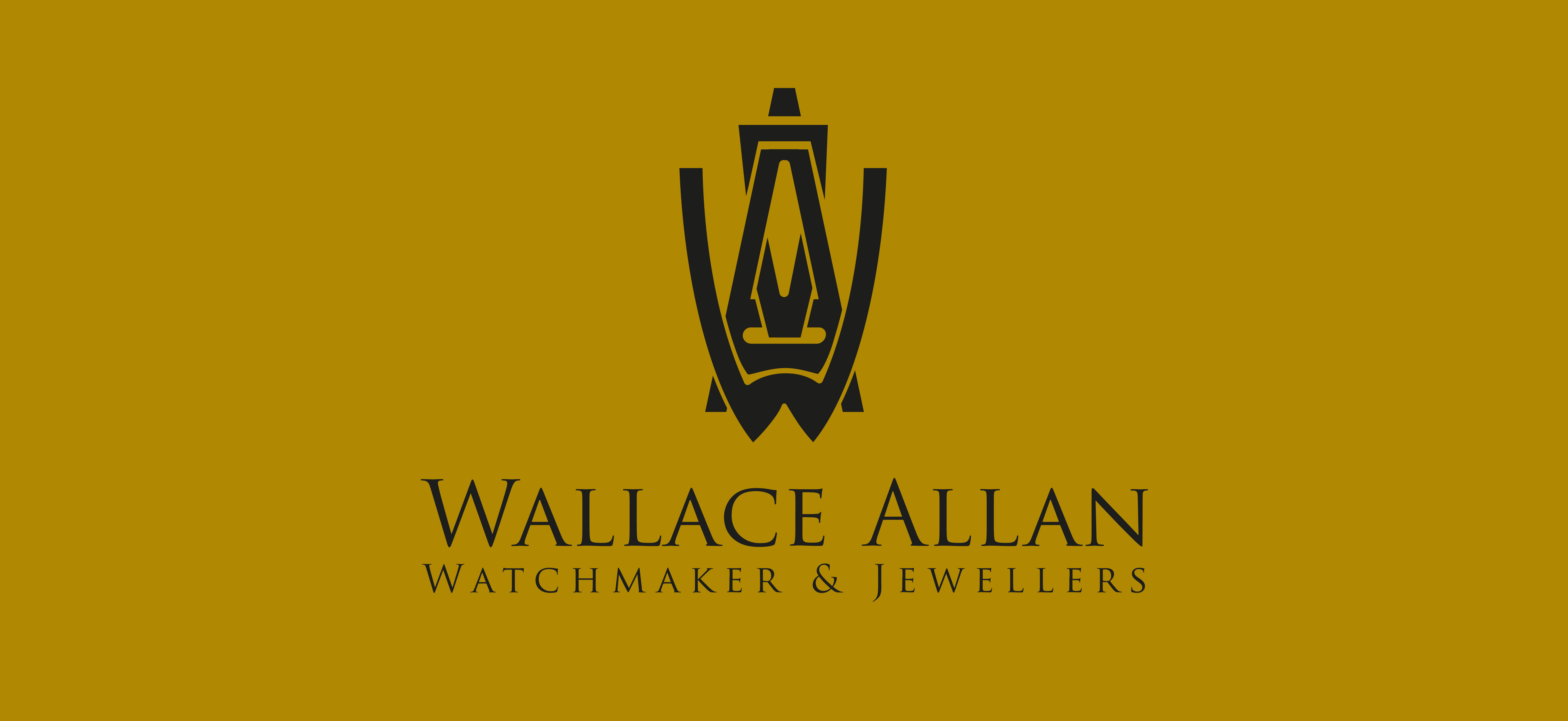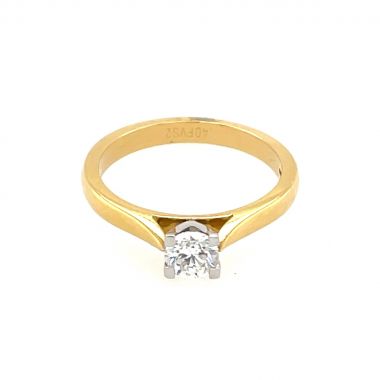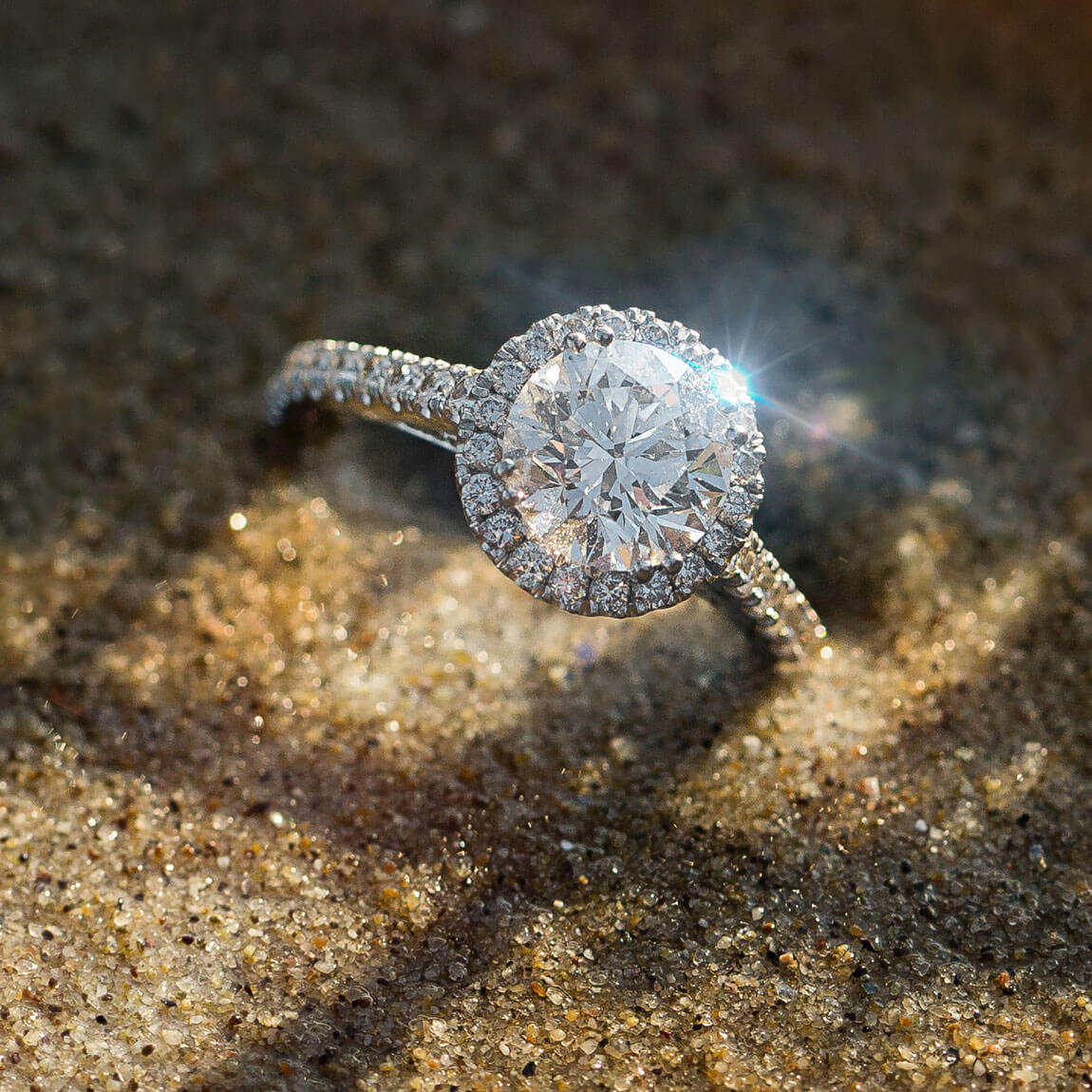History of Diamond Engagement Rings
It is believed that the first ever diamond engagement ring was commissioned by Archduke Maximillian of Austria, when he proposed to Mary of Burgundy in 1477. According to the Gemological Institute of America (GIA), the ring featured long, narrow diamonds that were mounted onto the band in an ‘M’ shape.
However, it wasn’t until the 1940s that diamond engagement rings really began gaining popularity. This was largely due to a successful advertising campaign by international diamond specialist, De Beers. The campaign used a number of Hollywood A-listers to help coin the now-famous saying “A diamond is forever”.
Thanks to the campaign, brides-to-be all over the world moved away from wanting a traditional gold band and instead, set their sights on beautiful diamond engagement rings. But although the initial trend was all down to a clever marketing ploy, the charm and allure of a diamond is the real reason for their long standing reign when it comes to engagement rings.
The 4Cs of Diamonds
When purchasing a diamond engagement ring, there are some important things to take into consideration to ensure you really are getting a diamond that will last forever. The GIA have established the 4Cs model which acts as a basis for grading diamonds. The four Cs include:
- Cut - the way in which a diamond is professionally cut and reflects light. Cut can also impact durability when pressure is applied.
- Clarity - whether there are any imperfections or inclusions in the diamond.
- Colour - graded on a scale of D-Z, with D being colourless and Z the most yellow/brown.
- Carat - the weight of a diamond, typically expressed as 0.5ct, 1ct etc.
It is a common misconception that the bigger the diamond, the better. However, all four Cs are important in determining the quality of a diamond and can equally impact its value. Therefore, if you are looking at a ring with a larger diamond for a fraction of the price, it is likely the larger diamond is lacking in clarity, colour or cut instead.
It is always recommended you speak to a diamond specialist, like our team here at Wallace Allan, to ensure you are well informed about the stone you are planning to purchase.
Types of Diamond Engagement Rings
There are numerous types of diamonds to choose from when it comes to engagement rings. This is one of the beauties of the piece of jewellery as it can be completely unique and entirely tailored to your needs.
The first thing to consider is the band upon which the diamond will be mounted on. You can choose anything from platinum and yellow gold, to white and rose gold, depending on your partner’s style and preference. Yellow gold bands tend to look more traditional or vintage, white gold or platinum bands are incredibly chic and rose gold rings are modern and contemporary.
These different bands all pair perfectly with classic colourless or white diamonds, which are available in just about every cut and carat, including:
Diamonds are also available in various colours. Colourless or traditional diamonds are by far the most common and popular, but for something more unique and personal, a fancy coloured diamond is a great option.
Fancy diamonds are available in just about every colour on the spectrum, including red, pink, blue, green and black. While the presence of colour on a traditional diamond decreases its value, those that span beyond the D-Z grading system and possess unique and beautiful tones, are considerably more rare and therefore, more expensive. For these types of diamonds, the higher the intensity of the colour, the greater their value.
FAQs
What are the most popular diamond engagement rings?
The most popular type of engagement ring is a round brilliant cut set on a platinum or white gold band. The cut of these rings enables them to reflect light in the most beautiful way, ensuring they can be seen sparkling from far away.
This, paired with a shining platinum or white gold band, creates a universally adored ring that suits the skin tone and daily style of just about every bride-to-be.
Marquise and pear cut diamonds are also incredibly popular due to their sizable presence and recognisable shapes, and rose gold bands have risen in desirability over recent years following a jewellery-wide trend in the metal type.
What are some basic tips to consider when shopping for a diamond engagement ring?
Our top tips to consider when shopping for a diamond engagement ring include;
- Consider all 4Cs of diamonds - cut, clarity, colour and carat
- Know your partner’s ring size - not sure how? Find out here.
- Take into consideration your partner’s style and preference - for example, if they usually wear gold jewellery, a gold band ring is probably best
- Think about after care to ensure your diamond is forever
- Seek expert assistance to ensure you are making a fully informed decision about the diamond ring you are purchasing
Is a one-carat diamond engagement ring big enough?
A 1ct diamond ring is definitely big enough. In fact, the most common diamond size for engagement rings is 0.5ct. However, it’s important not to fall into the trap of believing a bigger stone is better, particularly if all you are going by is the numbers.
Different diamond cuts carry weight in different ways, so it’s possible for rings of the same diamond size to not look completely identical. Instead of simply looking at the numbers, it’s more important to consider how the diamond is cut and the size of your partner’s fingers. In most cases, a 0.5ct or 1ct diamond will look more than apparent on the hand, and anything bigger, particularly if cut in certain ways, may be too large and uncomfortable for everyday wear.
For more information on our diamond engagement ring collection, get in touch today.



